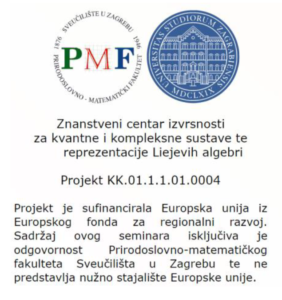Abstract
One of the primary goals of applying physical techniques to the study of Biology is to develop predictive mathematical models which are much simpler than the complex systems which they describe. A prime example of this is in the study of size homeostasis in E.coli, where a number of competing models have attempted to describe how cellular size varies by considering a small number of relevant physiological parameters, such as growth rate. Recently the “general growth law” which links cell size to three such parameters has shown great promise in predicting cell size in a range of environmental conditions, including antibiotic treatment and nutrient limitation. However, the effects of high osmolarity conditions on cell size have been less extensively studied. Using fluorescent microscopy and a combination of automated analysis and manual curation we show that cell size remains fixed under a wide range of high osmolarity environments, despite the fact that cells exhibit a lower growth rate. We discuss how this observation meshes with the general growth law and what it may reveal about growth at high osmolarity and cell size regulation in general. In particular, since it suggests some fundamental cell size parameters, normally thought of as fixed, may be changing.
***
Dario Miroli is a Ph.D. student in at the the University of Edinburgh. Principal investigator Teuta Pilližota.
kontakt: [email protected]
host: Nenad Pavin [email protected]
ZAJEDNIČKI SEMINAR ZCI QuantiXLie i HBD
![]()






